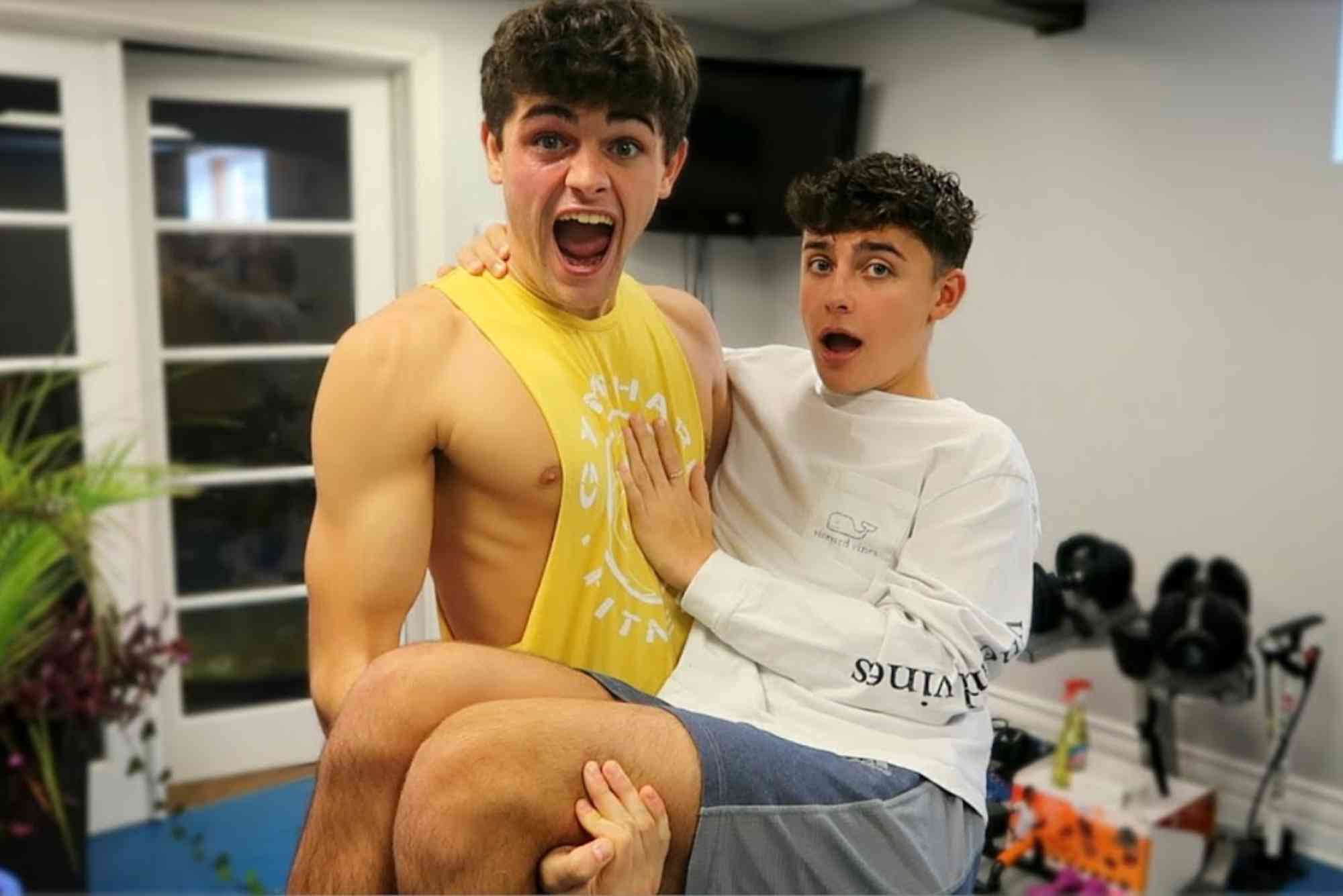Top Gay Fitness Influencers Changing the Fitness Scene
In recent years, gay fitness influencers have emerged as bold voices in the health and wellness space. Not only are they smashing stereotypes, but they’re also reshaping the industry by promoting inclusivity, mental well-being, and body positivity. These influencers bring more than just workout routines — they bring representation, strength, and a much-needed shift in fitness culture.
From Instagram and YouTube to TikTok and beyond, they are inspiring thousands to move their bodies, build confidence, and live authentically. This article explores how gay fitness influencers are changing the game, building stronger communities, and leading the way toward a more inclusive fitness world.
The Role of Representation in Fitness
For decades, mainstream fitness media rarely spotlighted LGBTQ+ athletes and trainers. When they did, the portrayals were often superficial or stereotyped. This lack of representation left many LGBTQ+ individuals feeling alienated from the fitness community.
Gay fitness influencers are changing that. Through their online presence, they create welcoming spaces where everyone — regardless of gender identity or sexual orientation — can feel empowered to pursue wellness. These influencers share their personal journeys, fitness challenges, and triumphs with raw honesty, breaking down barriers and creating space for others to feel seen.
Their visibility fosters not just body confidence but self-confidence. It shows queer youth and adults alike that fitness belongs to everyone, not just to the straight, cisgender crowd. And that message is incredibly powerful.
Authenticity Is the New Six-Pack
In the past, fitness content often focused on rigid ideals — sculpted abs, punishing routines, and strict diets. Today, gay fitness influencers are bringing something refreshingly different: realness. They talk about mental health, burnout, relationships with food, and the challenges of gym culture.
Instead of promoting unrealistic body standards, many of these influencers advocate for sustainable fitness. Their approach is holistic — combining physical strength with emotional well-being. This balance resonates with a wider audience and builds trust.
Through candid posts and stories, they create communities where vulnerability is a strength. Followers are drawn not just to their fitness advice but to their authenticity. It’s this blend of expertise and openness that sets gay fitness influencers apart in today’s crowded digital space.
From the Gym to the Digital Stage
One key reason gay fitness influencers are so effective is their ability to connect through multiple platforms. Whether it’s high-intensity workouts on YouTube or quick tips on TikTok, they’re reaching global audiences with engaging content that’s accessible and motivational.
What’s remarkable is how their fitness content often intersects with advocacy. Many speak out on issues like body shaming, homophobia, and mental health stigma within the fitness industry. Their platforms aren’t just for fitness — they’re for social change.
In doing so, they’re expanding what it means to be a fitness influencer. It’s no longer just about reps and protein shakes. It’s about resilience, pride, and standing up for inclusion.
Fitness for Every Body Type
Another major shift led by gay fitness influencers is the push toward body diversity. Traditional fitness spaces often elevate one body type — usually lean, muscular, and hyper-masculine. But that’s changing.
Today’s top gay fitness influencers include a wide range of body types, showing that health and strength come in many forms. They’re shattering the myth that only one look equals “fit.” Through inclusive messaging and content, they’re helping followers embrace their own fitness journeys without comparison or shame.
Their influence goes beyond aesthetics. They encourage people to move in ways that feel good, not punishing. The focus is on long-term wellness, joy in movement, and body acceptance — powerful messages that resonate in an industry long dominated by perfectionism.
Building Safe and Supportive Fitness Communities
In both online and in-person settings, gay fitness influencers often become the glue that holds inclusive fitness communities together. They host bootcamps, live classes, and virtual events that prioritize safety and belonging. This is vital, especially for those who have faced discrimination in traditional gyms.
Their communities offer more than just fitness tips — they provide a support system. Followers often say they feel “seen” and “heard” for the first time. And in a world where LGBTQ+ individuals still face mental health disparities and higher rates of isolation, that kind of support is life-changing.
The ripple effect of these communities is enormous. As people feel empowered, they bring that same energy into their own lives — supporting others, speaking up, and creating more inclusive spaces themselves.
Social Media as a Tool for Empowerment
Gay fitness influencers have mastered the art of storytelling through social media. Whether it’s a transformation photo, a vulnerable caption, or a call to action, their content empowers rather than intimidates.
They make fitness less about competition and more about self-celebration. And they don’t shy away from the hard stuff. Many discuss their battles with body image, eating disorders, or anxiety — topics often taboo in the gym world.
This transparency builds trust and loyalty among followers. It also opens the door for conversations that can lead to real healing and change.
Collaborating for Greater Visibility
Another standout feature of many gay fitness influencers is their willingness to collaborate — with each other, with allies, and with brands. These partnerships amplify their reach and normalize LGBTQ+ presence in fitness marketing.
More and more brands are realizing the value of working with inclusive voices. When done authentically, these partnerships promote both business and positive social impact. It’s a win-win that continues to push the boundaries of who gets to be seen as a fitness leader.
And when gay fitness influencers collaborate with each other, the impact is even greater. They lift one another up, support each other’s content, and create a united front for change. That sense of solidarity is deeply inspiring.
Why Gay Fitness Influencers Matter
Fitness is not just physical — it’s cultural. Who we see as “fit” influences who feels welcome in fitness spaces. Gay fitness influencers challenge old norms and create new ones rooted in authenticity, inclusion, and joy.
They remind us that everyone deserves to feel strong, proud, and empowered in their bodies. And by being unapologetically themselves, they pave the way for future generations to do the same.
Their impact goes beyond likes and followers. They’re changing lives — one rep, one post, one story at a time.
FAQs
Who are some popular gay fitness influencers?
Some widely followed gay fitness influencers include Scott Herman, Anton Down-Jenkins, and Shaun T. Each brings unique expertise and advocacy to the fitness space.
Why is LGBTQ+ representation important in fitness?
Representation helps create inclusive environments where all people feel welcome and empowered to prioritize their health, regardless of identity.
Do gay fitness influencers only cater to LGBTQ+ audiences?
Not at all. While they center inclusive messaging, their fitness advice is universal and benefits anyone seeking motivation and support.
How do gay fitness influencers deal with online hate?
Many speak openly about handling hate with resilience, community support, and self-care. Some also advocate for stronger online protections.
Where can I follow these influencers?
Instagram, TikTok, YouTube, and Twitter are popular platforms. Many also have websites or fitness apps where they offer premium content or coaching.





